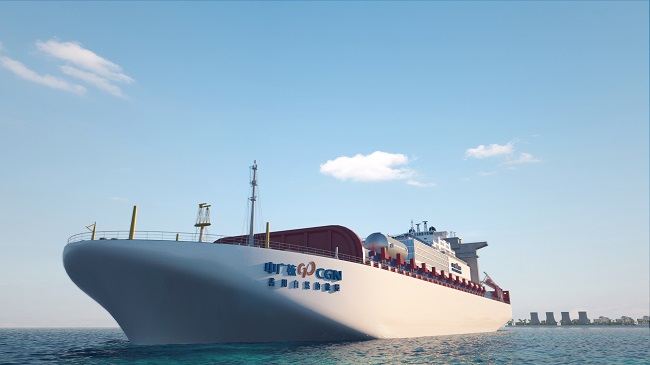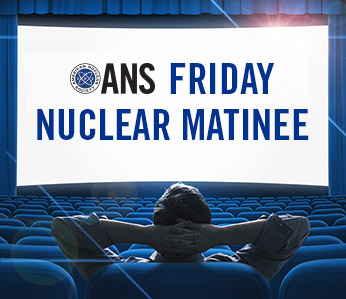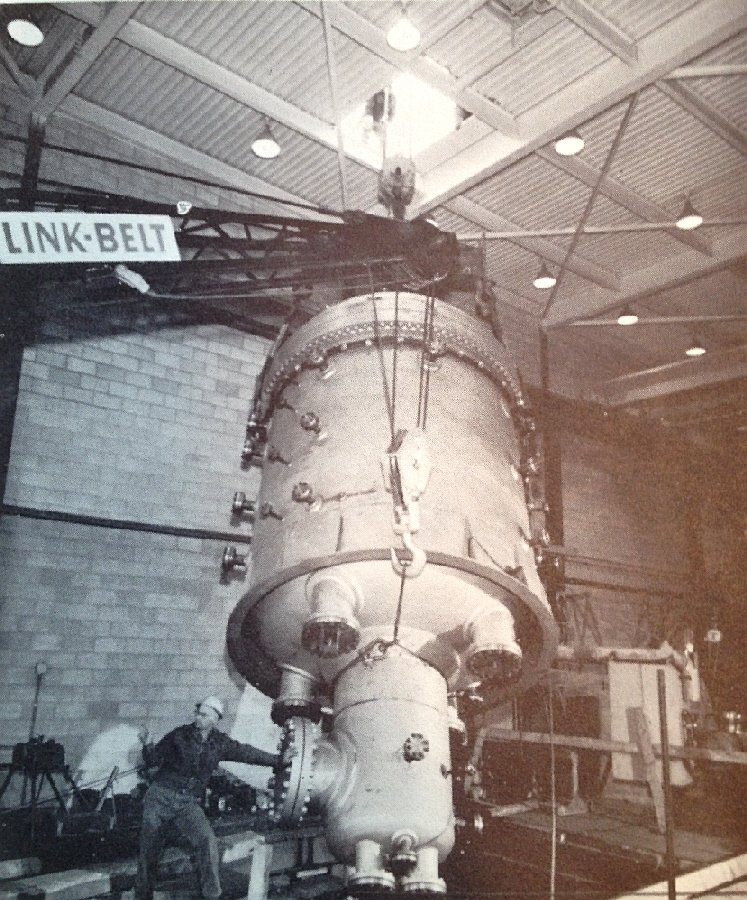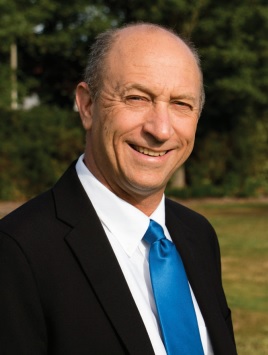A message from The I.C.E. Service Group
At A Glance: The I.C.E. Service Group

While I was watching the Third Way Advanced Nuclear Summit on February 21, a wide range of topics was also being discussed on Twitter related to the various sessions. One of the things that was brought up was the large number of private companies and universities now engaged in the development of advanced reactors. It occurred to me-and I said as much on Twitter-that some consolidation of the industry was unavoidable. In fact, it's probably necessary. There's historical precedent for it.
Georgia Power has released the Fourth Quarter 2016 "Vogtle Timeline" video, detailing progress at the site where two new AP1000 nuclear units are being constructed. This video is just under ten minutes and is a solid addition to this well-received documentary series.
The 347th Edition of the Nuclear Blogger Carnival is featured this week at ANS Nuclear Cafe. This traveling attraction showcases the best of today's nuclear energy and technology writers. Brief abstracts of the posts are found below with links to the full posts at their original sites.
A number of media sources reported last week, and continue to report this week, that "radiation levels are soaring" at the Fukushima Daiichi nuclear power plant in Japan and that radiation levels have reached levels that unnamed "experts" are finding "unimaginable." All of these claims are demonstrably false.
It is time for the ANS Friday Nuclear Matinee. Watch TEPCO, the operator of Fukushima Daiichi nuclear plant, use a camera probe inside the containment vessel of the No. 2 reactor.

Artist's concept of floating SMR nuclear power plant. Courtesy China General Nuclear
Announcements coming this week from China's big nuclear energy firms hint that the the Chinese government may have launched a focused initiative to broaden the manufacturing base for floating nuclear power plants. On January 23, it was reported that China General Nuclear (CGN) had signed an agreement with China State Shipbuilding Corporation (CSSC) to develop floating nuclear power plants. It was announced on January 25 that CGN had also signed agreements with the other of the two large Chinese shipbuilding firms, China Shipbuilding Industry Corporation (CSIC.) These agreements follow the year-old original agreement between CGN and CSIC that will lead to the construction of a single prototype floating power plant.
The recent announcement by NuScale Power that it had applied for the first ever NRC Design Certification to be considered for a small modular reactor (SMR) has put this class of nuclear reactor again in the fore. Many observers have noted that the NuScale design is "integral," with all significant primary components inside the same vessel. In fact, these two things-integral reactors, and SMRs, are two different things, although either may also be the other. While the application for the NuScale reactor certainly is the first SMR application in the United States, the Integral Pressurized Water Reactor (iPWR) dates back to nearly the start of commercial nuclear energy-and its heritage is at sea.

Our latest film at the ANS Friday Nuclear Matinee is an exciting one - the latest Vogtle Timeline update issued by Georgia Power, which was presented on December 9th. This award-winning series details the construction progress quarterly at one of the two US sites where brand new nuclear power plants are being built.
Editor's note: In an open letter written by Environmental Progress to President-Elect Donald Trump and Governor Rick Perry, ANS and 38 other nuclear professionals and organizations urged both leaders to take strong action to save and grow America's nuclear energy sector.
by Laura Scheele
by Will Davis reporting from the 2016 ANS Winter Meeting in Las Vegas
By Will Davis, reporting from the 2016 ANS Winter Meeting in Las Vegas

Installation of SPERT-II reactor vessel at National Reactor Testing Station, now Idaho National Laboratory. From IDO-16050, published 1959, in Will Davis library.
The history and lore surrounding the dozens of reactors constructed and operated at the Idaho National Laboratory could fill a book - and has filled at least one whole book and parts of many others. Today, at the American Nuclear Society's 2016 Winter Meeting a unique presentation was given in the early afternoon by Harold McFarlane, who retired after 44 years working with Argonne National Laboratory (which operated a number of the reactors built in Idaho.)
"How do we move nuclear energy into the future?" was the question asked and answered in a variety of ways during a fascinating speakers' session that followed this morning's opening plenary. Several expert speakers in a variety of fields provided frank and illuminating commentary on the condition of nuclear now, and on the things that have to change for nuclear energy to be vibrant in the decades to come.
 Kicking off the American Nuclear Society's 2016 Winter Meeting (held at Caesar's Palace, Las Vegas) was ANS President Dr. Andrew Klein's speech at the Opening Plenary, in which Dr. Klein expressed a bright vision for the future not just of ANS but of its members and their contributions.
Kicking off the American Nuclear Society's 2016 Winter Meeting (held at Caesar's Palace, Las Vegas) was ANS President Dr. Andrew Klein's speech at the Opening Plenary, in which Dr. Klein expressed a bright vision for the future not just of ANS but of its members and their contributions.
By: Priyarshini Ghosh
by Gene Grecheck and Brett Rampal